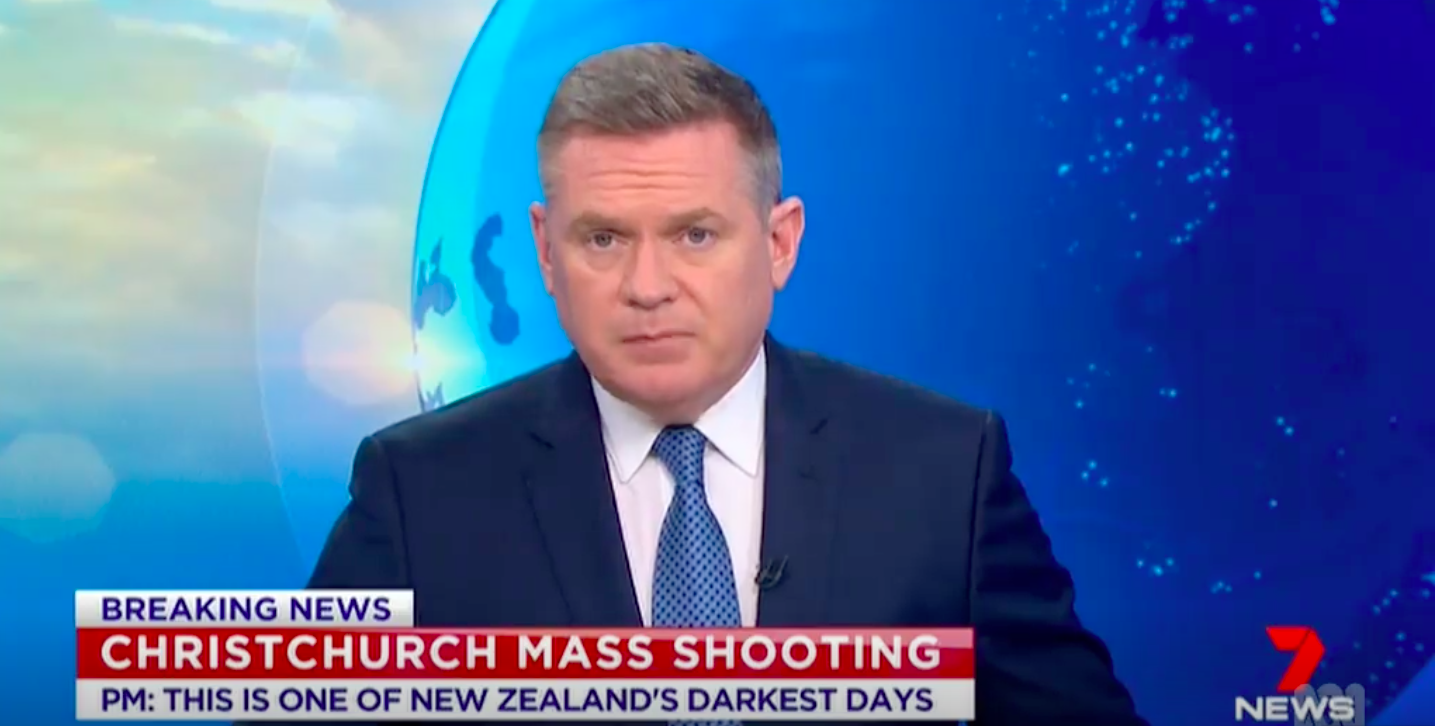How To Not Be a Useful Idiot When Covering Terrorism
“Without press coverage, the interest in committing atrocities would evaporate, which could speak in favour of silencing the unwary. On the other hand, it is an illusion to imagine that the media should look the other way.”
Hans Davidsen-Nielsen, former Fellow at the Constructive Institute and journalist at the Danish newspaper Politiken
Hans Davidsen-Nielsen reflects upon how the media ends up in a difficult dilemma, as they cover terrorist attacks while trying to not become a tool for a marginal group of people who usually have nothing but destruction to offer.
How He Did It
Since the 9/11 terror attack on USA in 2001 changed the world order, Journalist at Politiken Hans Davidsen-Nielsen has been covering the international struggle against violent fanatics who have been able, with ever weaker means, to hold the attention of an entire world.
“In the past years there has been a wave of Islamist and so-called right-wing attacks, a new and unfocused form of terror, which makes one suspect that the real motive is often different from religion and politics. Maybe it’s more about lack of attention or an ideology of narcissism,” says Hans Davidsen-Nielsen.
He finds that a segment of angry young men realized, many years ago, that the way into the media’s breaking news stream is through violence. The hunt for attention places the media in a difficult dilemma, as they become a tool for a marginal group of people who usually have nothing but destruction to offer.
“Without press coverage, the interest in committing atrocities would evaporate, which could speak in favour of silencing the unwary. On the other hand, it is an illusion to imagine that the media should look the other way. For how does one do that?” That is the question Hans Davidsen-Nielsen asks and turns to the south and the way a group of New Zealand news organisations handled the coverage of the trial following the Christchurch terror attack in March 2019.
Watch New Zealand Prime Minister Jacinda Arden’s speech in parliament about never giving the attacker on Christchurch attack shooter notoriety.
How They Did It In New Zealand
Hans Davidsen-Nielsen found inspiration in the collaboration of five New Zealand news organisations, who collectively agreed upon editorial guidelines for reporting the trial of Brenton Tarrant, the man charged with committing the 15 March terrorist attacks on two mosques in the city of Christchurch. In the attack last year, a 28-year-old Australian killed a total of 51 people and wounded nearly as many as he shot wildly, and livestreamed the massacre on Facebook.
The prospect of having to convey the perpetrator’s thoughts on the supremacy of the white race led to an unusual pre-trial collaboration. The publications of the five media companies would continue to be the eyes and ears of the people in court, but in a different way from the filter less publicity of the social media.
“Specifically, the guidelines are to not show or blur symbols, hand signs and images intended solely for the propaganda of a terrorist ideology,” Hans Davidsen-Nielsen explains.
He also sees other ways to be able to cover terrorist and other attacks in a constructive way and he adds a questionmark to the otherwise sensational character of the coverage.
“One might ask who in the public would benefit from knowing the perpetrator’s name and face – in addition to himself and his followers on the darkest pages of the internet. Why are initials not enough to describe the case, and does it have to be on the front and fill the entire surface of the page when there is nothing new to report?”
Hans Davidsen-Nielsen proposes a similar cooporation in other cases for the media to be able to “act responsibly to save human life and avoid public propaganda.”
If the media houses and news organisations can work together and agree on these more constructive guidelines, they can avoid being a factor in accelerating the already rising levels of fear and be a part of the solution, not the problem:
- Blurring symbols, hand signs and other propagandistic messages from the perpetrator.
- Anonymising the perpetrator.
- Balance the coverage to represent the actual news value of the conflict.
Key Takeaways
1. Filter out the ideology. Do not show, or find a way to blur, symbols, hand signs and images intended solely for the propaganda of a terrorist ideology.
2. The anonymous cannot be famous. Ask yourself what is lost in the coverage by only using initials or anonymizing the perpetrator entirely.
3. Balance the coverage. Consider if the story needs to be on the front page and fill the entire surface of the page when there is nothing new to report.
4. Be critical of your role as a reporter. Consciously reflecting upon your role as a reporter, as being more than just a mediator for the horror, is not uncritical but rather the opposite.
5. Do it together. Cooperating across news organizations to find a common consensus on the coverage of serious cases can be a constructive way of saving human life and avoiding public propaganda.


